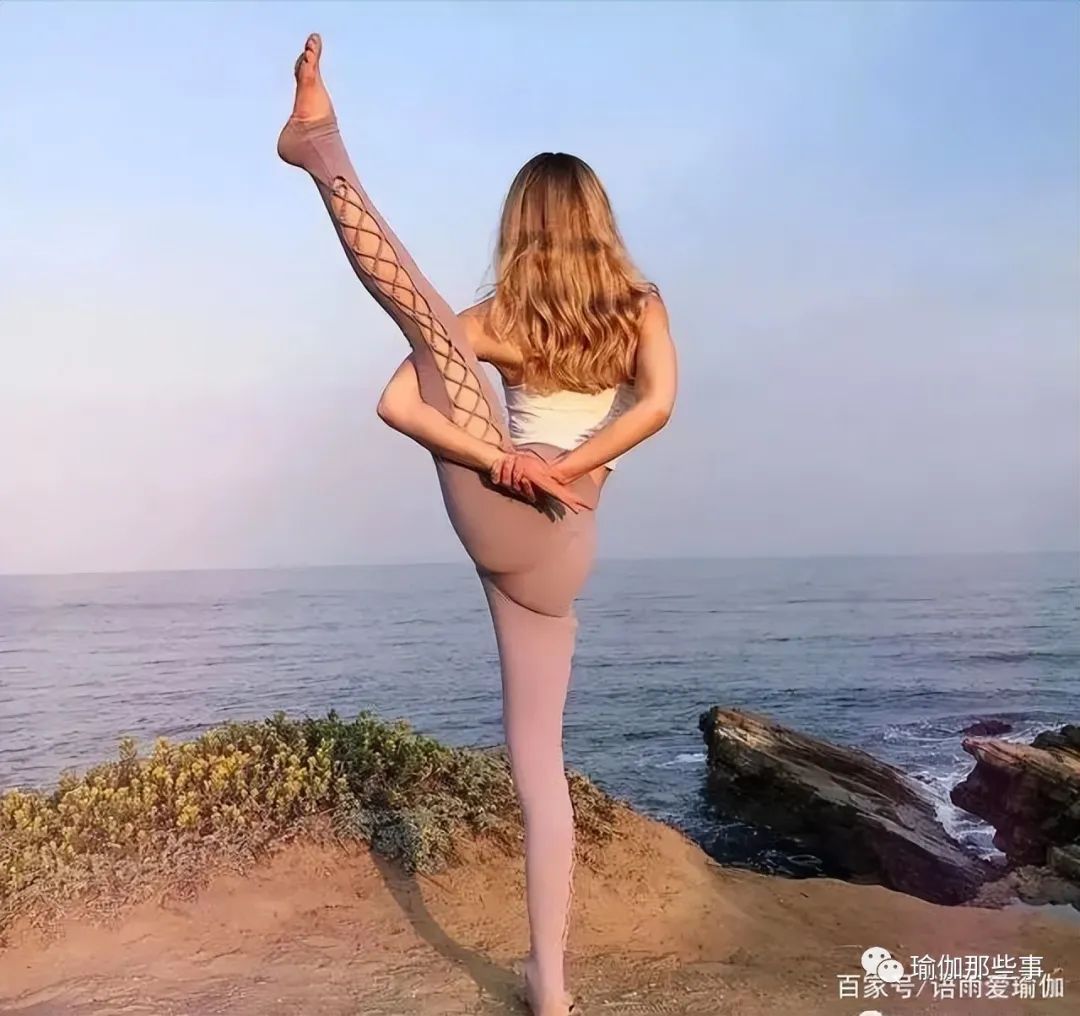Are you ready to practice some advanced yoga postures? If you have a good grasp of basic arm balance, handstand and backward bending, you can start practicing some of the following postures.

Please remember that these postures require great strength and flexibility, and sticking to yoga practice can bring these two benefits.

At this point, you should have a good judgment on which posture is easier for you and which posture is more challenging.

When we talk about advanced asanas, it may mean more complex postures, but it may also mean having experience to determine which asanas are suitable for you.

When you keep practicing asanas, you will become stronger, more flexible, and the more challenging posture will become easier.

It’s interesting to find that your body has the ability to do things you never thought of.

Now let’s learn more about posture types! The complex integration of different movements in standing posture brings the most challenging standing posture.

The following posture requires you to balance with one foot while bending or twisting backwards.

1.

At first glance, bird of Paradise seems impossible to you, but if you regard it as a series of achievable actions, you will find that it is not so difficult.

This pose opens your body and strength completely.

Before trying the bird of paradise, please make sure you can do the side corner binding pose.

Bird of Paradise strengthens your legs and core while improving your balance.

2.
Twist half moon pose if you want to strengthen your ankles and thighs, and even help digestion while improving balance, you can try twisting half moon pose.
This pose is very challenging.
It requires the opening of the back of the thigh, pelvis, sacrum and lower back, as well as core strength.
You can put a yoga brick under your hands, especially at the beginning of practice.
Below the back bend are stronger back bends, some of which will extend your head to the sole of your feet.
1.
Pigeon King Pigeon king needs to put his hands on his ankles (in Ashtanga version) or thighs.
If you are used to practicing camel pose, you can try Ashtanga version in astonga.
If you have prepared by practicing pigeon pose and Mermaid pose, you may be ready for one legged pigeon King pose.
This pose has high requirements for lumbar vertebrae and thoracic vertebrae.
It is a high-order backward bending pose, which is one of the most difficult poses.
2.
Wheel pose wheel pose is considered to be a more advanced pose, because it requires full body stretching.
You need not only a flexible spine, but also the strength of your wrists, arms, chest, shoulders, hips, abdomen and quadriceps femoris.
You can also practice against the wall at first.
Sitting posture some of these sitting postures extend your legs behind your head…
1.
Compass posture this posture requires very flexible hamstrings and shoulders, so you need to open your hips and shoulders.
At first, you can bend your knees to practice this posture until you can completely straighten your legs.
2.
God monkey god monkey requires not only the opening of the back of the thigh, but also the stretching of the front of the hip and the quadriceps femoris.
Many people may think that this pose is stretching, but ignoring the strength of the legs, without the protection of strength, the muscles are easy to be strained.
The same is true of other stretching poses, which must be deepened with strength on the premise of positive position.
Arm balance is like advanced standing posture.
Advanced arm balance usually means the integration of the body.
This means that you should keep your arms balanced and use your legs to do various postures at the same time.
In fact, once you balance your arms, it is usually (relatively) easy to change your legs.
1.
Dragonfly pose this pose is very difficult, so don’t expect to master it soon.
However, persistent practice can be achieved.
This pose tests the strength of the arms and core, the torsion of the spine and the opening of the hips.
2.
Pigeon pose to enter pigeon pose, you should first master crow pose (for balance) and pigeon pose (for hip flexibility).
In addition to the necessary arm and core strength of the hand support posture, it also needs to open the outside of the hip.
The process of practicing this posture is also correspondingly enhancing these strength and flexibility.
Some people find that the side crow pose is easier to complete than the crow pose because it is more stable.
Handstand 1, forearm handstand yoga, forearm handstand, more than head handstand, requires the strength of arms, shoulders, back, core, shoulder opening and back extension.
2.
Scorpion pose, yoga scorpion pose combines the elements of backward bending and handstand, and also covers balance.
It is a higher pose.
It is the perfect combination of handstand + strength + backward bending…

